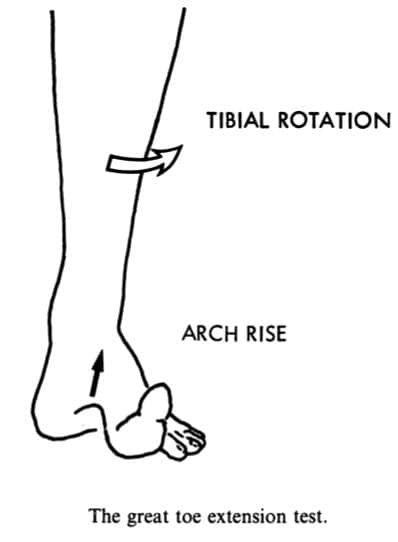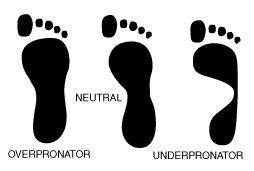Share:
Was this article helpful?
Share:
Was this article helpful?
I have recently had a number of relatives and patients coming over with their children for an opinion on flat feet and it is interesting that most of them have gleaned a lot of information off the net, from friends and possibly from their friendly neighborhood aunty-pakcik-makcik too.
To start off this session it is necessary to understand how the foot develops in order to have an idea (and possibly worry a teeny weeny bit less) about flat feet.

At birth, the newborn usually has the foot turned outwards (eversion) and upwards (dorsiflexion). This is due to the natural position in utero. As the child starts standing – usually around the age of one year, the foot nearly always looks flat, particularly because there is a large pad of fat on the inner side of the foot. This is a normal.
As the child grows further, walking makes the child’s feet look particularly flat. This is especially so, as the initial way of walking involves the foot being turned outwards. The arch of the foot starts developing at the age of 3 onwards. If it doesn’t, and the feet remain flat, it is important to get a consultant to check for flexibility of the child in general and the foot in particular. Usually the child is more flexible and these feet are then called flexible flat feet which in principle require no treatment.

Simple tests for flat feet include:
When do you worry? Please consider an early consultation if the child complains of pain over the inner and outer part of his feet – flexible flat feet are usually pain free. This is especially so if the foot seems rigid and less flexible. As always, when in doubt, please visit your friendly Orthopod!!
Share:
Was this article helpful?
Share:
Was this article helpful?
Elevate your health with tailored health packages at Columbia Asia Hospital. Take charge of your health journey today.